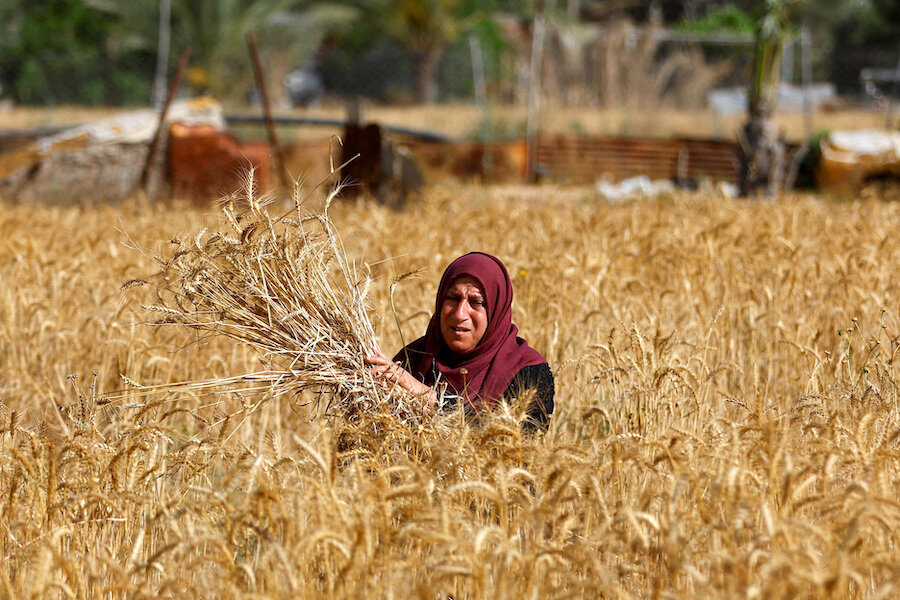Hunger’s rising but so is a key solution: Gender equality
Loading...
The United Nations reported last month that, among countries without violent conflict, Afghanistan has the highest number of people (2.8 million) facing a “catastrophic” level of hunger. Days later, it was no surprise that the U.N. chief took an indirect swipe at Afghanistan – which has seen an acute drop in gender equality since the Taliban takeover in 2021.
“When women & girls have better access to resources, decision-making & education, the result is increased food security for not only themselves, but also their families and their communities,” tweeted Secretary-General António Guterres.
His comment was a nice summary of a growing body of evidence in the past decade that shows an end to hunger will require honoring the rights of women – such as an ability to own farmland, inherit wealth, and have government agricultural agents who are female.
The proof is in an analysis of 109 countries from 2018-2021 by CARE International. “Gender equality is highly connected to food and nutrition security at a local, national, and global level,” the report found. “The more gender inequality there is in a country, the hungrier and more malnourished people are.”
Hunger will take a big hit once more countries treat women as equals. A report in April by the U.N. Food and Agriculture Organization predicted that the number of food-insecure people would fall by 45 million if the gender gap in farm productivity and wages for food-related jobs were reduced.
In Africa, where 66% of women’s employment is in agri-food systems, progress has been notable. “Africa has taken significant leaps forward in girls’ education, women’s political representation, and entrepreneurship,” said Ousmane Badiane, co-chair of the Malabo Montpellier Panel, a body of expert who evaluated the continent’s steps on gender equality. One example: Men in Kenya who took legal training on women’s rights were 21% more likely to recognize a woman’s constitutional right to own land than those who did not.
In 2022, the world saw the highest rate of food insecurity in the last seven years, according to a U.N.-led report. The main drivers were climate change, inflation, the war in Ukraine, and the effects of the pandemic. Yet the main solution may be a shift in attitude on gender equality. Afghanistan’s acute hunger only proves the point.





